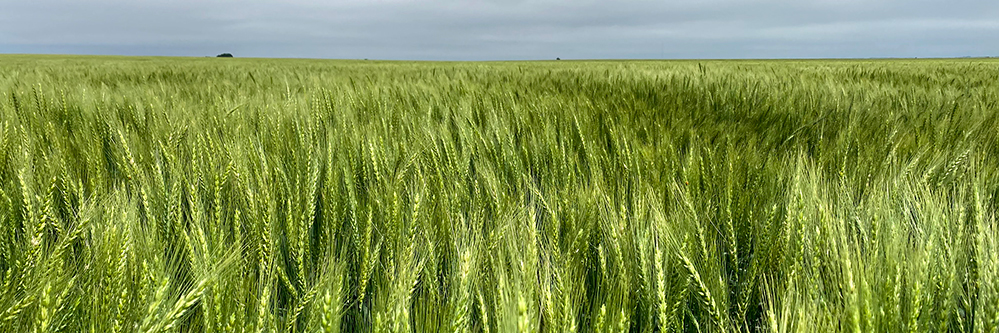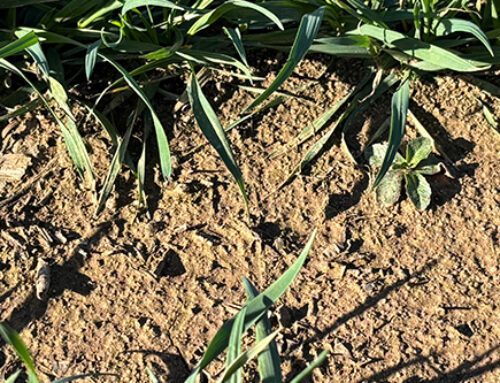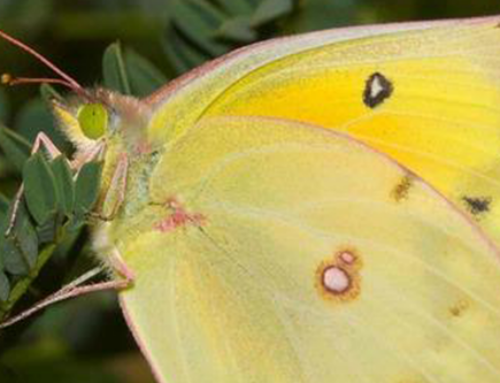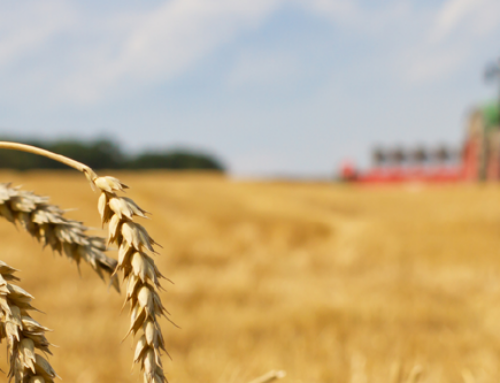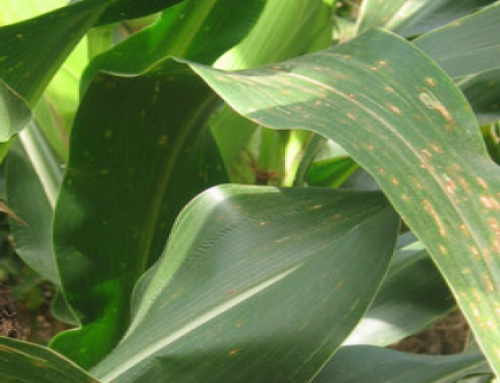What a difference a year makes. Last year the extended drought made it difficult to establish wheat stands or allow for extensive fall or spring growth. That led to lower than normal disease pressure in 2023.
We are looking at a very different situation in 2024. Over most of the High Plains, we have substantial vegetative growth on the wheat, and if we get some timely rains over the next few weeks, yield potential should remain high.
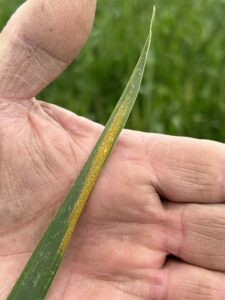
Stripe rust pustules showing up on wheat.
This good growth is creating perfect conditions for disease infestations to develop. There are already reports of Stripe Rust to the south of us. We can expect this disease and others to move north soon.
Stripe Rust can cause extensive yield loss when it infects the wheat crop from now through the grain fill period. Monitoring this pest will help you make important treatment timing and product decisions.
Stripe Rust develops quicker under cooler and wetter conditions, whereas two other diseases; Leaf Rust and Powdery Mildew develop more rapidly under warmer and wetter conditions. Powdery Mildew is more of an issue in irrigated fields that have a dense crop canopy.
Certain varieties have some resistance or tolerance to the different rusts, but cannot always be counted on to keep these diseases from significantly affecting yield. Monitoring the weather forecast and the intensity of the disease pressure is still important, even when tolerant varieties are planted.
We have a number of fungicides that do a good job of controlling all these diseases as long as treatments are timed correctly and applied before the disease spreads over too much of the leaf area. Keep in mind that most fungicides have certain restrictions related to timing based on growth stage or days to harvest.
We are here to help!
Your Crop Quest Agronomist is already monitoring disease progression. They will be glad to assist you with these important management decisions to protect yield in your fields. For more detailed information, contact your Crop Quest Agronomist.
